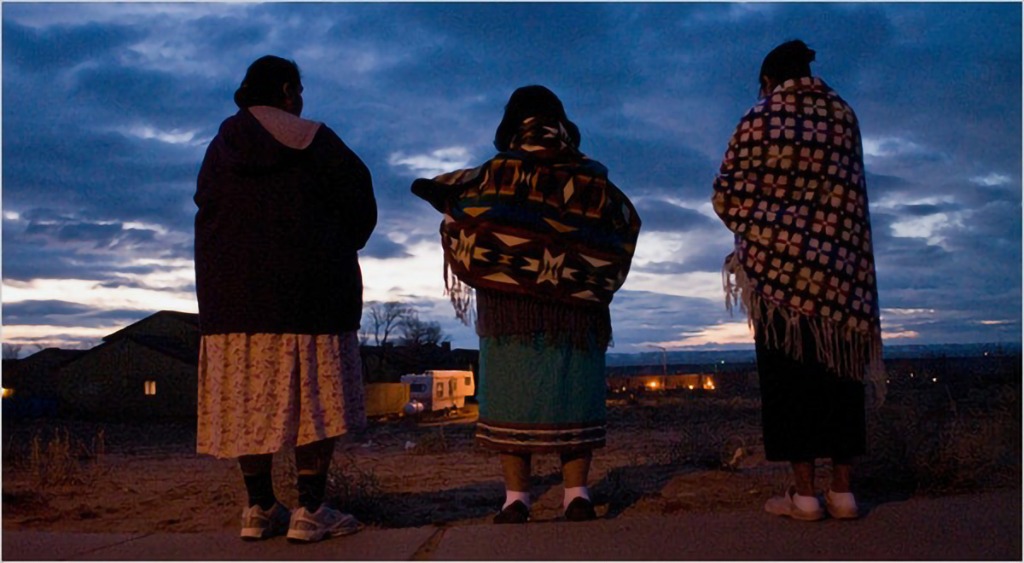
Native American (Hopi) Traditions – Childbirth & Naming
The Profound Traditions of Hopi Childbirth and Naming Ceremonies
Explore the spiritual depth of Hopi childbirth and naming rituals, connecting newborns to Mother Earth, Father Sun, and their universal parents through sacred practices.

The Hopi people, one of the most spiritually rich Native American tribes, have preserved profound rituals surrounding childbirth and naming. These ceremonies reflect their deep connection to the universe, symbolizing the relationship between humans, Mother Earth, and Father Sun. Through these sacred traditions, newborns are introduced not just to their earthly families but also to their universal lineage.
Mother Earth and Father Sun: Universal Parents
The Hopi believe that all life is a gift from their universal parents. Mother Earth, symbolized by corn, nurtures and sustains life, while Father Sun provides the energy essential for existence. These two entities are at the heart of the Hopi worldview, and their influence is central to the traditions surrounding childbirth.
The Corn Mother: A Spiritual Guide
When a Hopi child is born, a perfect ear of corn, known as the Corn Mother, is placed beside the newborn. This sacred symbol represents the child’s spiritual mother, guiding and protecting them during their first 20 days of life. During this period, the home remains in darkness, shielding the child as they transition between the spiritual and earthly realms.
Rituals of Cleansing and Connection
The newborn is bathed in cedar-infused water and rubbed with fine cornmeal, symbolizing purification and a connection to Mother Earth. These rituals are repeated for 20 days, with special ceremonies on every fifth day, culminating in a momentous celebration on the 20th day.
Naming and Blessing
On the 20th day, the family gathers to name and bless the child. Each aunt brings her own Corn Mother, passing it over the child while offering prayers and wishes for a long, healthy, and prosperous life. The names given reflect the clan’s history and spirituality, anchoring the child in both familial and cosmic connections.
A Sacred Introduction to the Universe
As the sun rises, the mother and grandmother hold the child up to Father Sun, symbolically presenting the newborn to the universe. This act is both a prayer and a pledge, ensuring the child grows with respect for the Creator’s laws and a deep sense of belonging to the earth and the cosmos.
A Lifelong Connection
The Hopi naming and initiation ceremonies instill a dual identity in the child: a member of their earthly family and tribe, and a citizen of the vast universe. Through these sacred practices, the Hopi ensure that each individual grows with a profound understanding of their spiritual and earthly responsibilities.
Conclusion
Hopi childbirth and naming traditions offer a glimpse into a culture deeply intertwined with the spiritual forces of the universe. These ceremonies remind us of the sacred connections we share with nature and the cosmos, inspiring a sense of reverence for the journey of life.
References and Further Reading
- Native American (Hopi) Traditions – Childbirth & Naming | Www.Firstpeople.Us





Responses